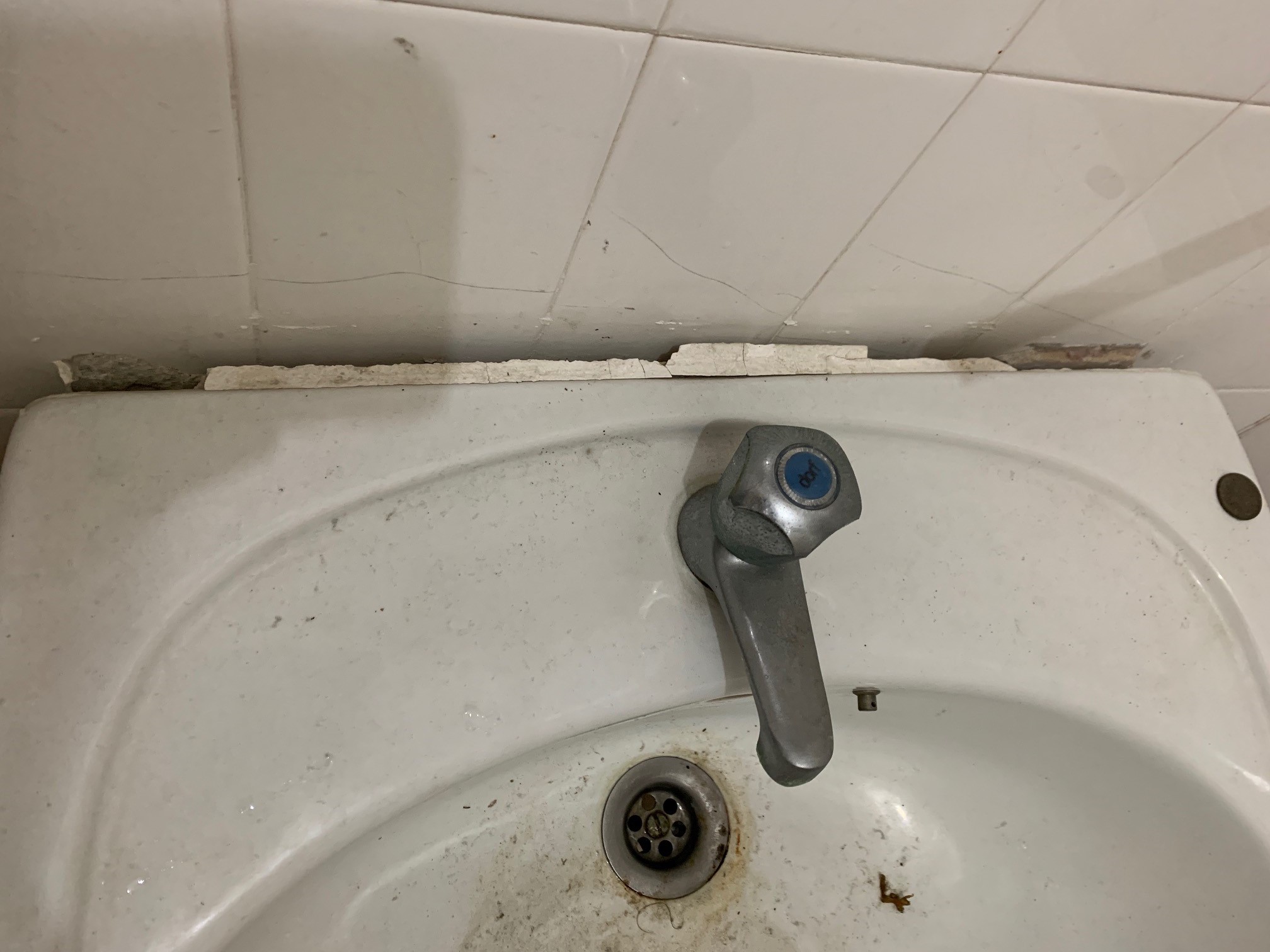
Replace Wash Basin
Need professional help to replace your cracked or outdated wash basin?
Why and When to Replace Your Wash Basin
Wash basins, like any other home fixture, have a lifespan and may need to be replaced over time. Reasons vary, each of which can impact the functionality, aesthetics, and overall usability of our bathrooms and toilets.
In this guide, we will look into the common reasons for replacing our bathroom basin. We will also discuss how to choose a suitable basin for your needs, and weigh the pros and cons of the different types of basins.
10 Reasons to Replace Your Bathroom Basin
Replacing wash basins is essential for maintaining a functional and aesthetically pleasing bathroom. Here are some key reasons why homeowners may need to replace their wash basins:
1. Damage
Over time, wash basins can develop cracks, chips, or scratches, especially if they are made of materials like ceramic or porcelain. These damages can compromise the basin’s structural integrity, leading to leaks or water damage. In such cases, replacement is the best option.
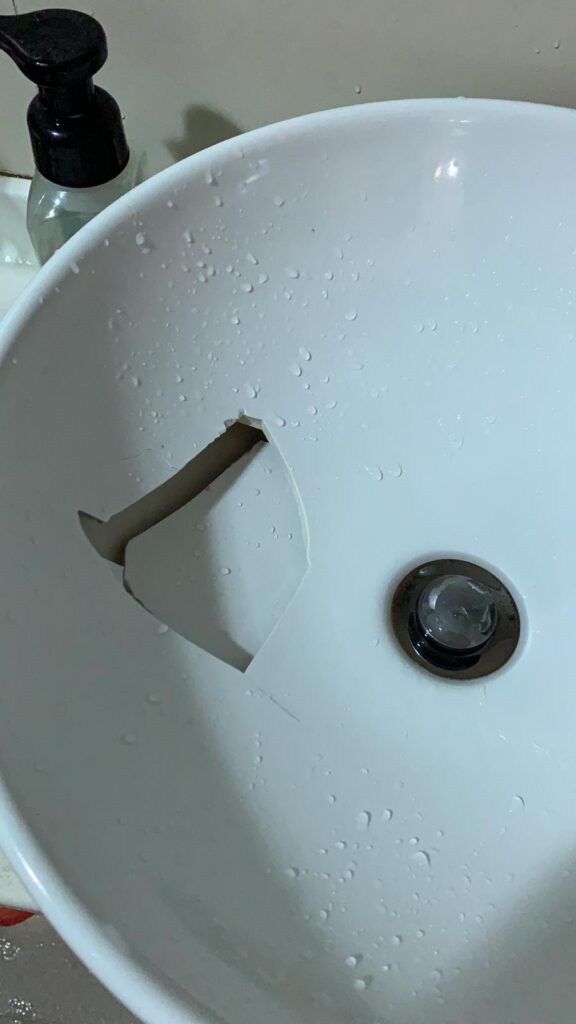
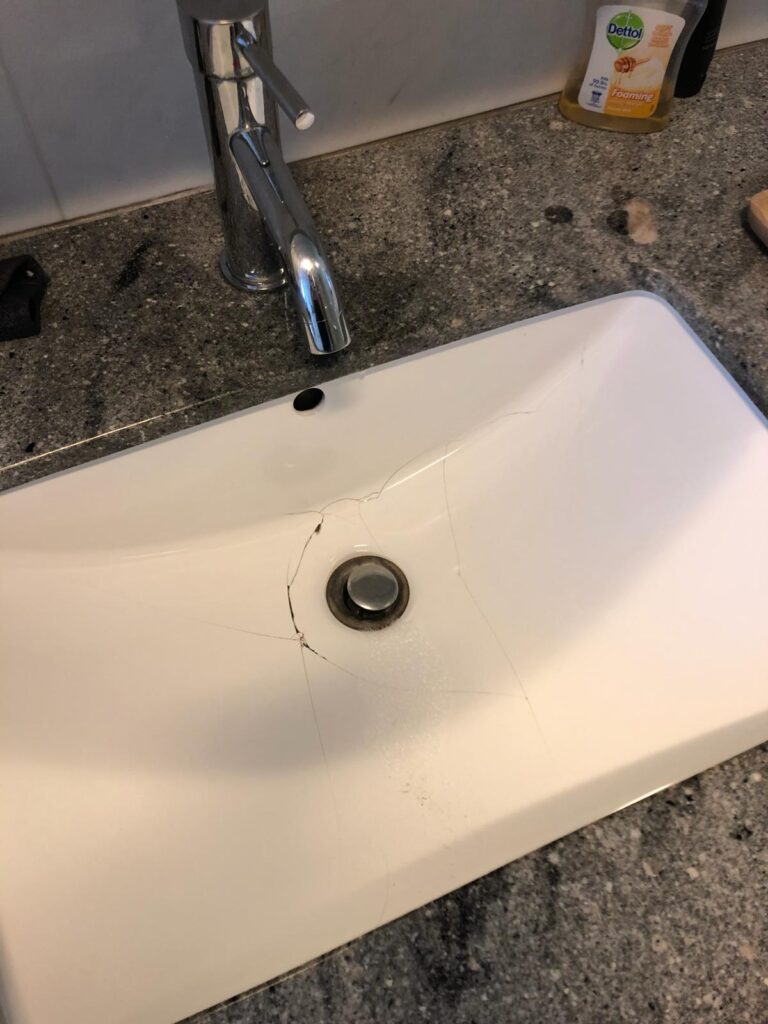
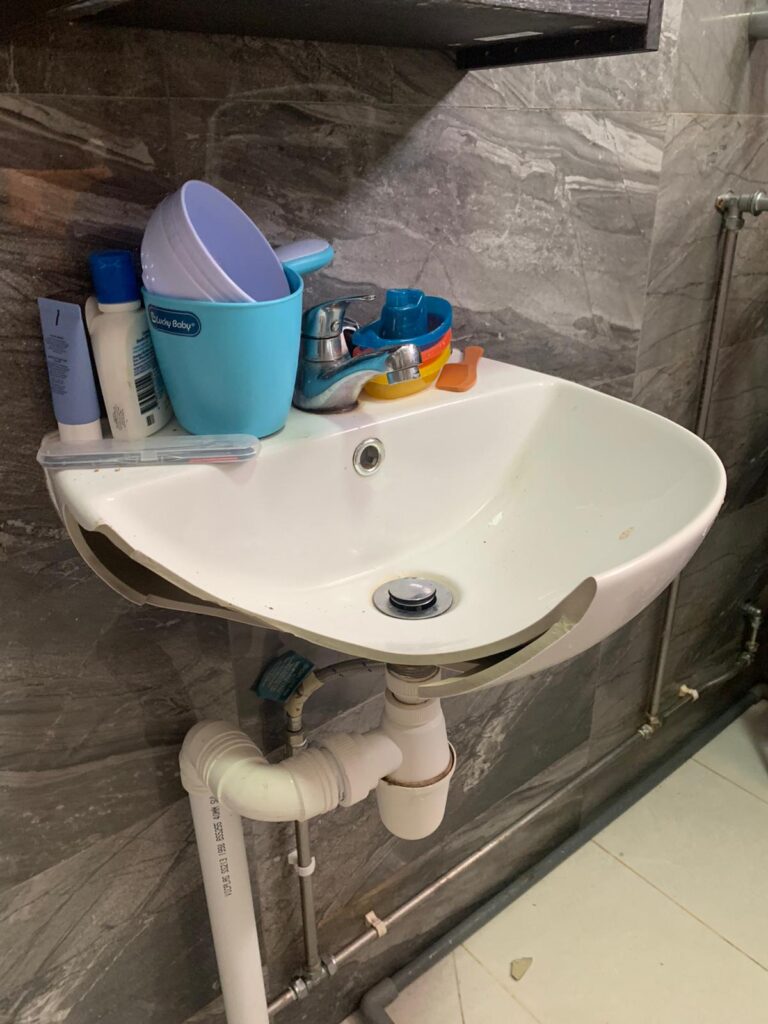
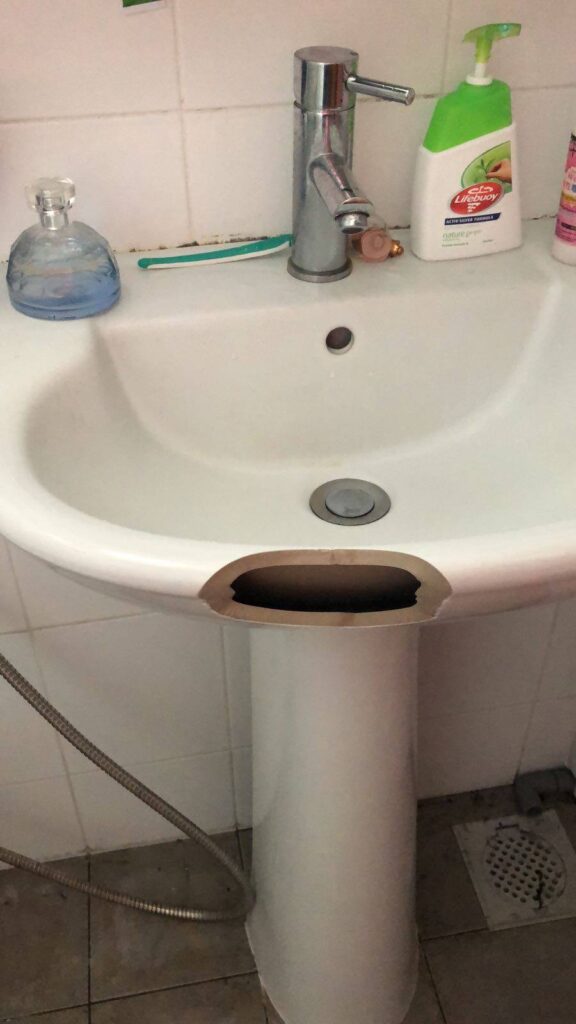
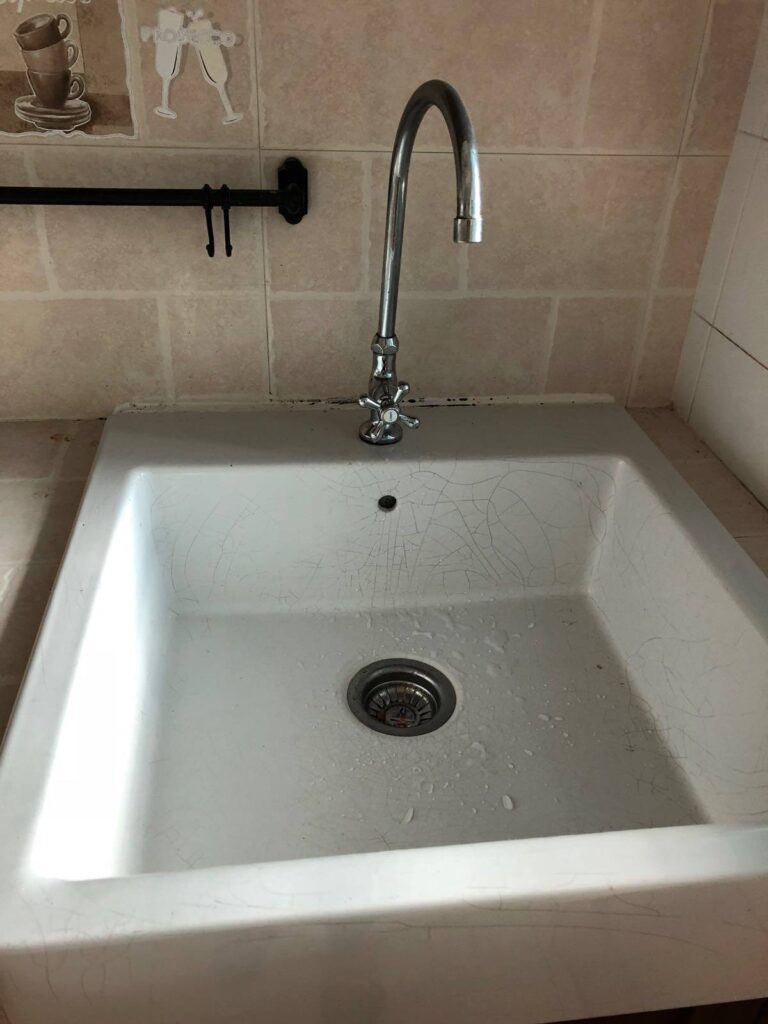
2. Corrosion
Exposure to water and harsh cleaning chemicals can cause corrosion or rust to develop on the surface of metal basins or around the drain area. Corrosion weakens the basin’s material and may result in leaks or discolouration.
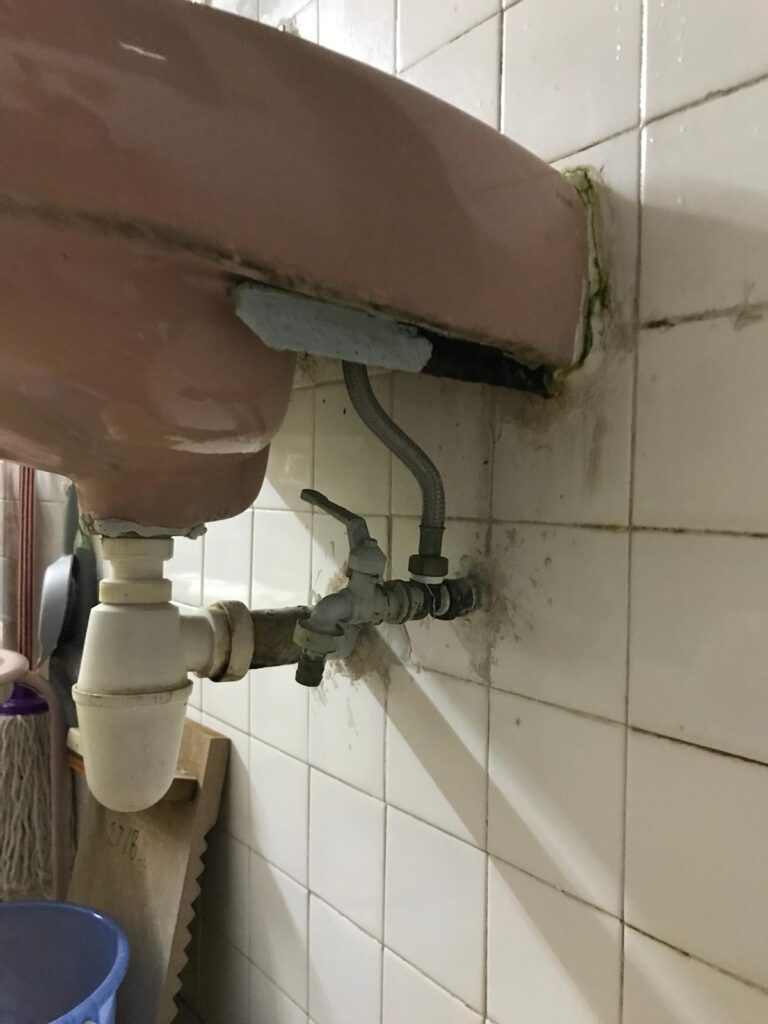
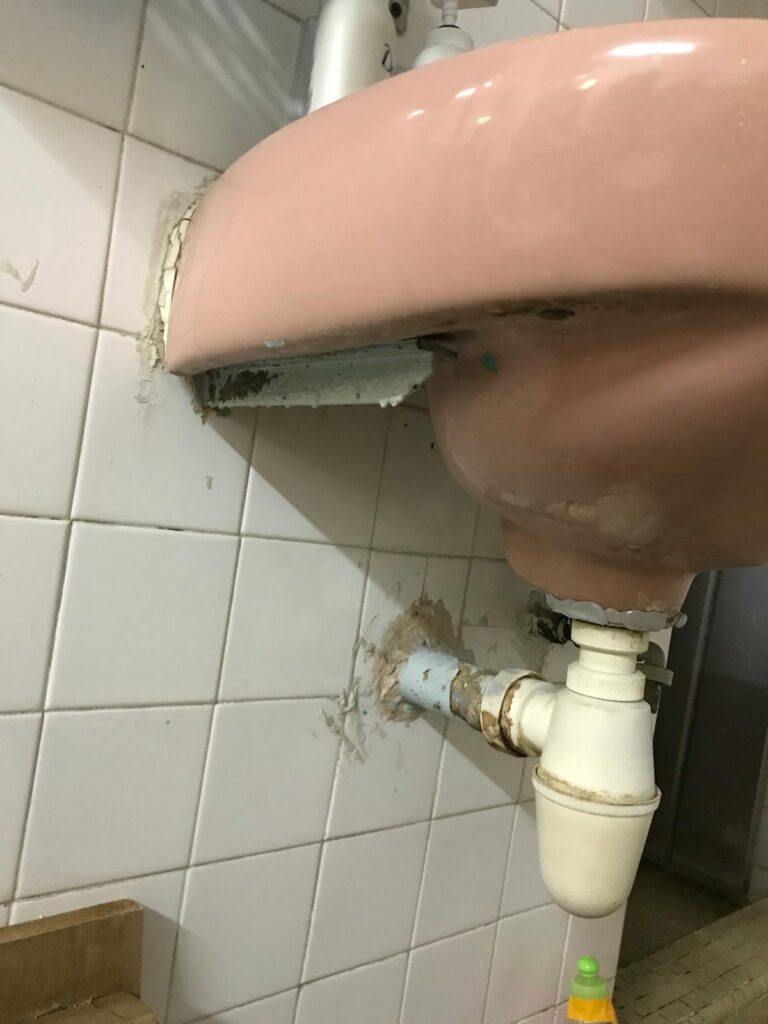
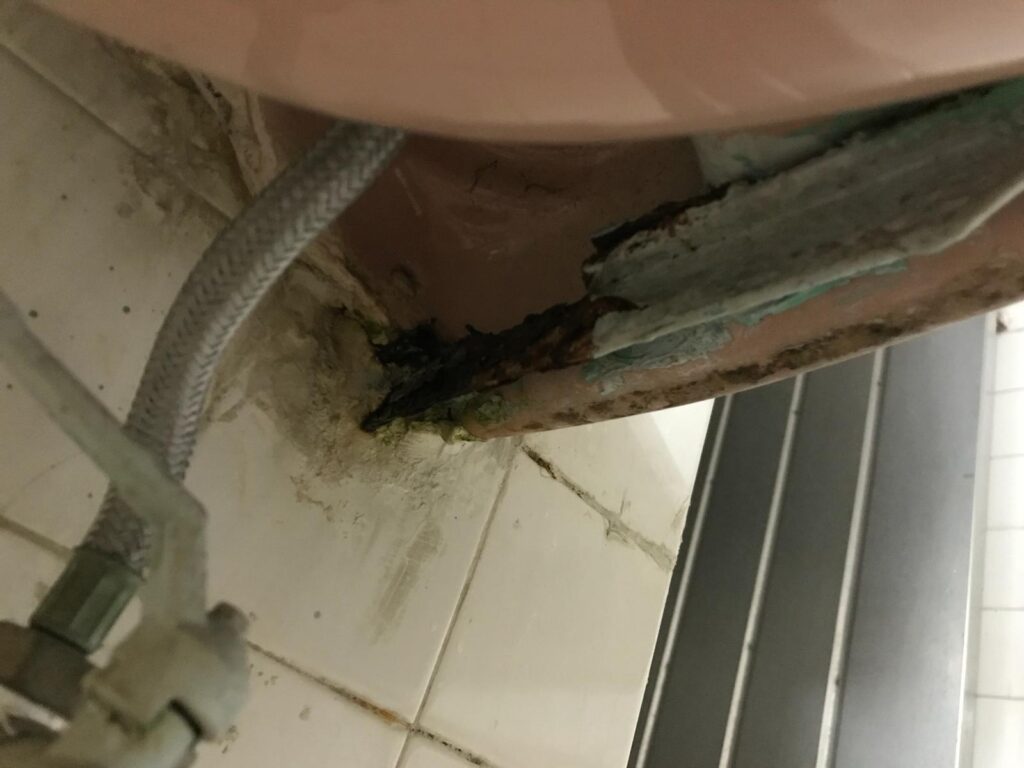
3. Leakage
Persistent leaks around the basin, faucet, or drain may indicate deteriorating seals, loose connections, or worn-out components. If left unaddressed, leaks can cause water damage to the surrounding area, promote mold growth, and pose safety hazards.
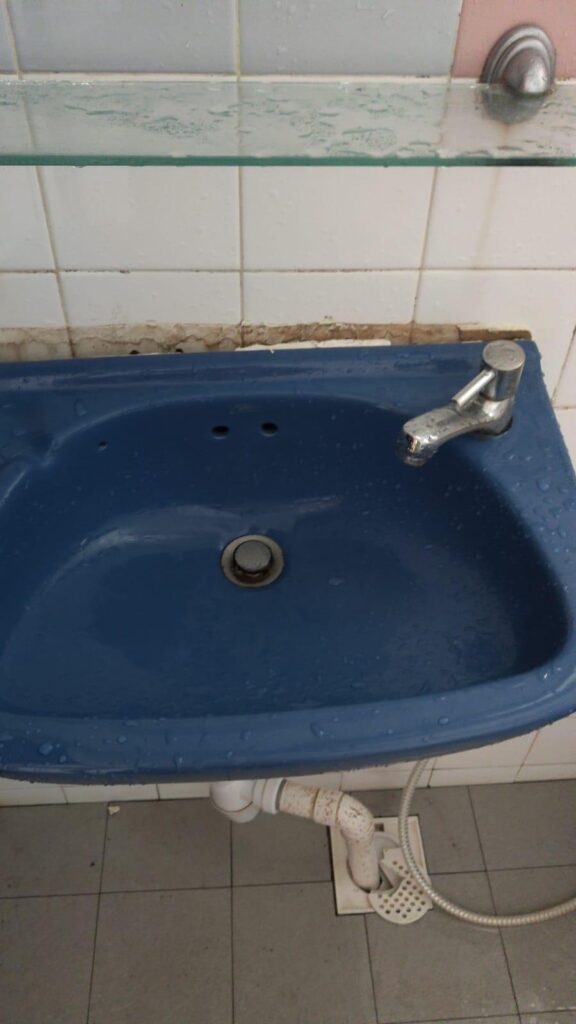
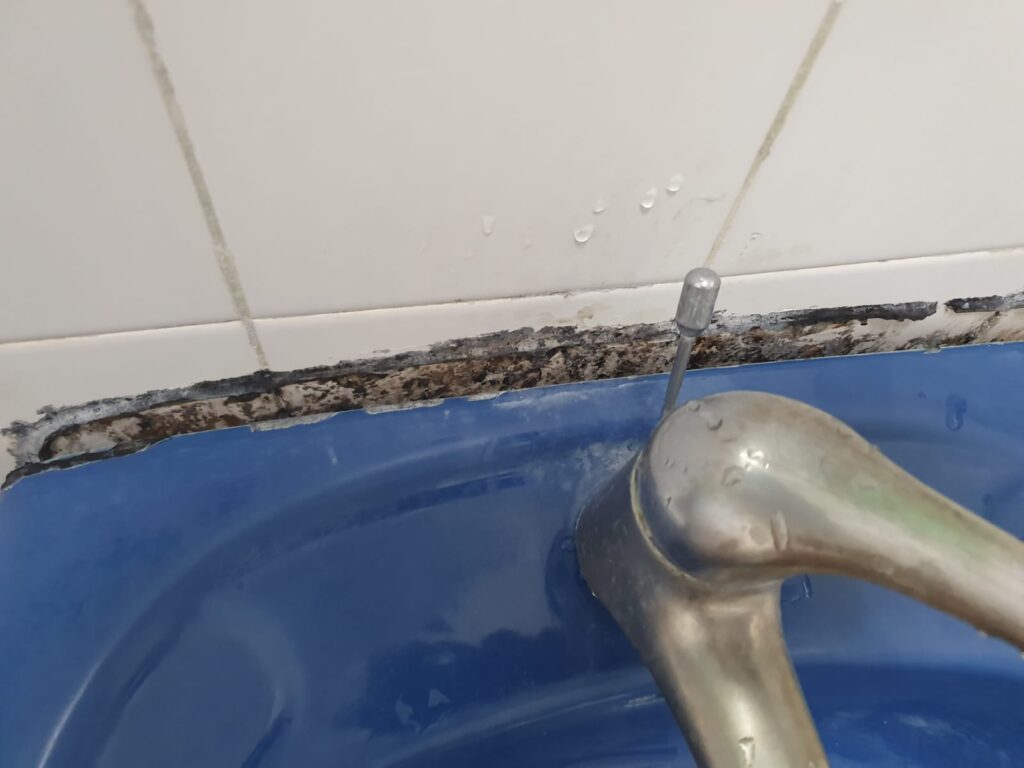
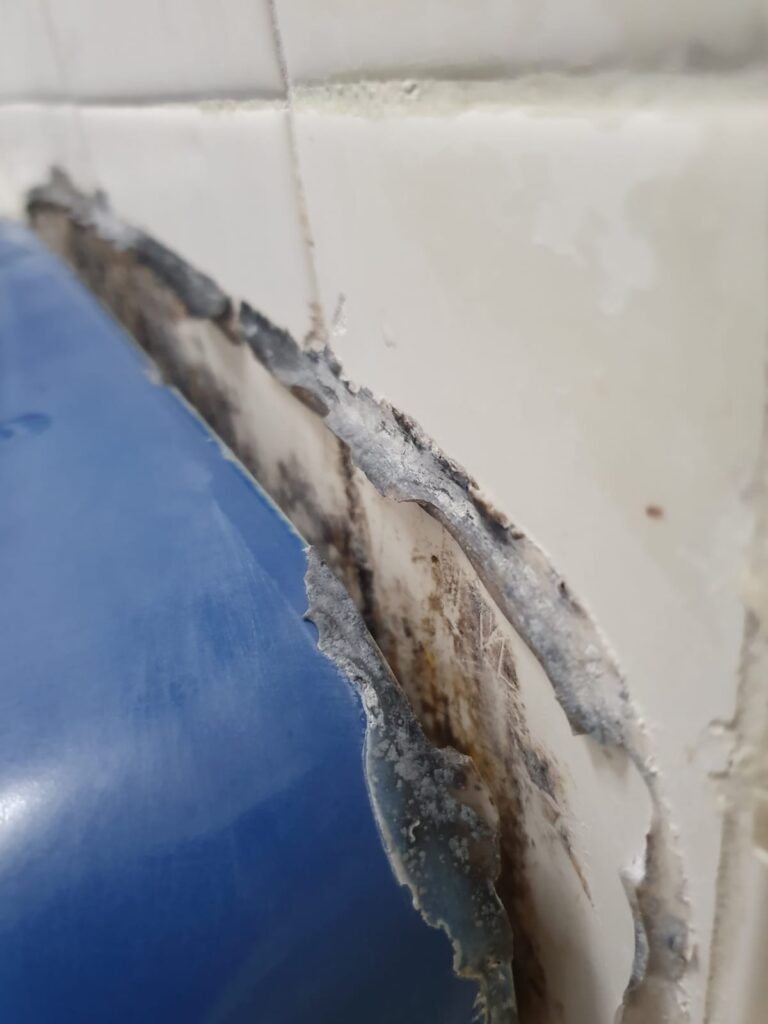
Replacing the basin can resolve these issues and prevent further damage. Alternatively, re-caulking the basin can provide a better seal and help to reduce water damage.
If the problem of detaching basin is not addressed immediately, the entire basin can potentially collapse and become a safety issue for everyone at home.
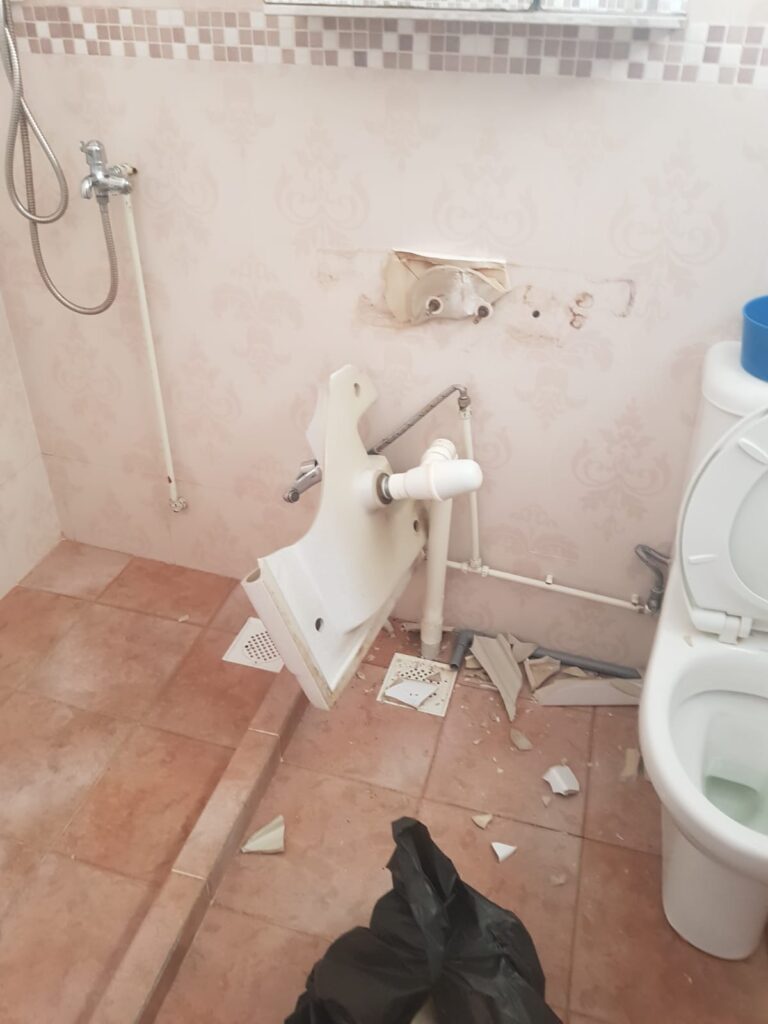
4. Outdated Design
Older wash basins may have outdated designs or features that no longer meet the homeowner’s aesthetic preferences or functional needs.Upgrading to a new basin with modern features, such as deeper bowls, integrated storage, or sensor-activated faucets, can enhance usability and complement the overall design of the bathroom.
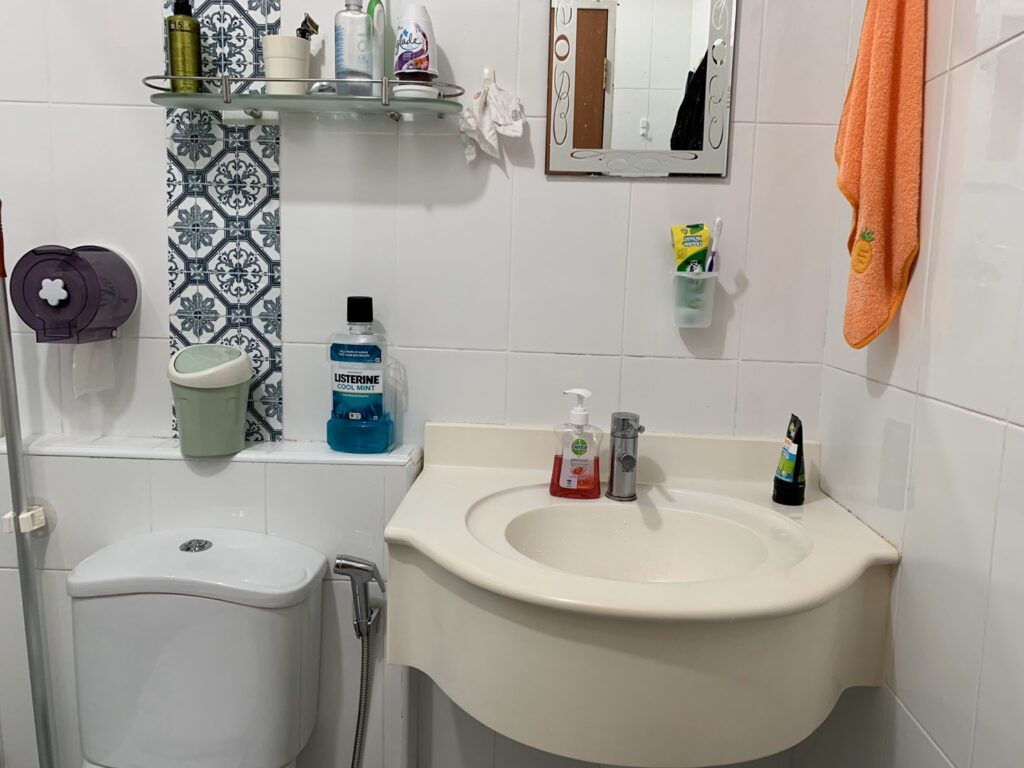
5. Poor Hygiene
Wash basins that are difficult to clean or have accumulated grime, mold, or bacteria over time may pose hygiene concerns for occupants. Replacing an old, unsanitary basin with a new one allows homeowners to start fresh and maintain optimal hygiene standards in the bathroom.
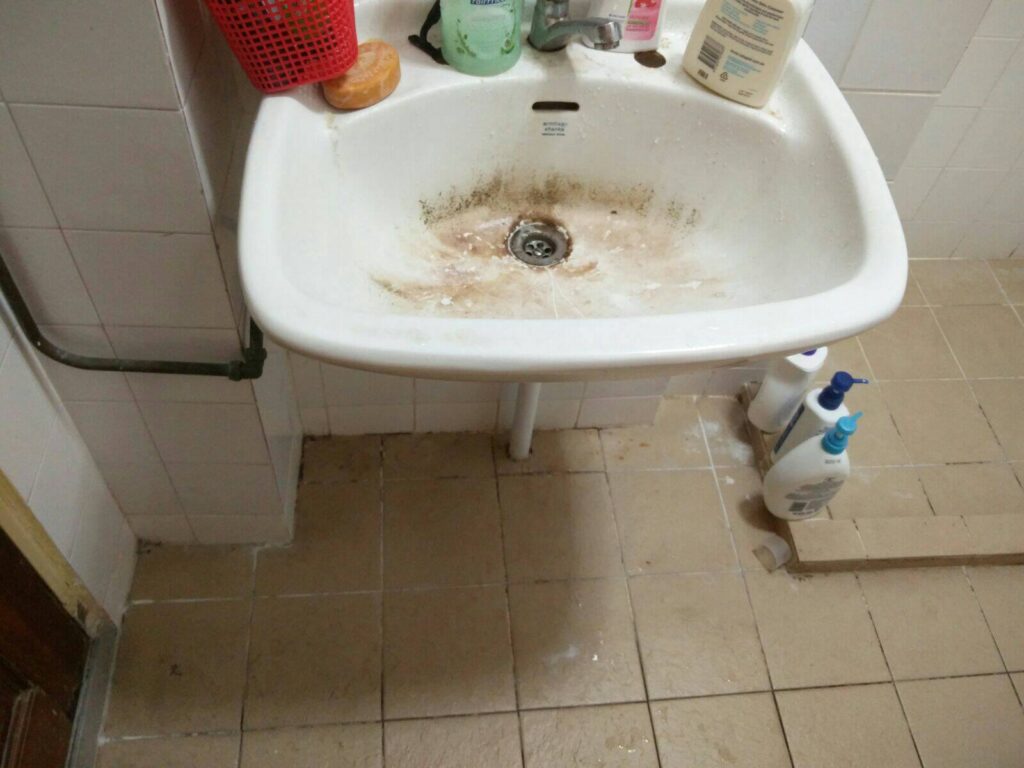
6. Poor Functionality
If the basin is too shallow, too small, doesn’t drain properly, or is uncomfortable to use, it might be time for a replacement.
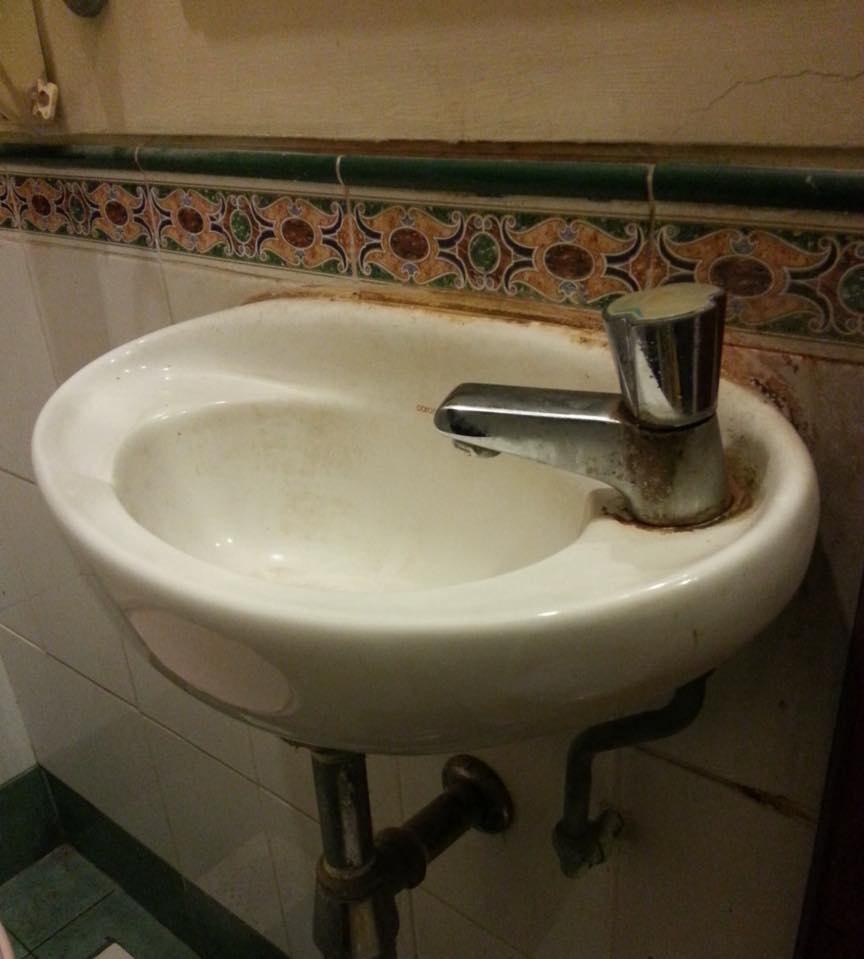
7. Incompatibility
Incompatible basin sizes or designs may not align with other bathroom fixtures or renovations, requiring replacement to achieve a cohesive look. For example, a smaller basin cannot accommodate larger vanity units. Or it may not align with the new design and layout of the bathroom.
8. Frequent RepairS
Basins requiring frequent repairs can be costly in the long run, making it more practical to invest in a new, higher-quality basin. Recurring issues such as leaks, cracks, or drainage problems are both frustrating and costly to repair.
9. Renovations / Remodelling Projects
During bathroom renovations, homeowners often choose to replace their wash basins to achieve a cohesive and updated look. Upgrading the basin allows for greater customisation and integration with other elements in the bathroom, such as countertops, vanity units, or tile designs. If you’re renovating your bathroom, it’s the perfect time to replace the wash basin to match your new design.
10. Resale Value
If you’re planning to sell your home, replacing an old or damaged wash basin can increase your home’s appeal to potential buyers.
How to Choose a Suitable Wash Basin
- Assess Your Bathroom Space:
- Measure the available space in your bathroom, including the countertop or vanity area where the basin will be installed.
- Ensure there’s enough clearance for faucets and that the basin doesn’t obstruct the bathroom door or cabinets.
- Consider the overall layout and design of your bathroom, including existing fixtures, cabinetry, and decor.
- Determine the Basin Type/Style:
- Evaluate the different types of basins available, such as pedestal, wall-mounted, countertop, undermount, or vessel basins.
- Choose a basin type that suits your space constraints, design preferences, and functional needs.
- The style of your wash basin should complement the overall decor of your bathroom
- Select the Material:
- Consider the material options for the basin, including ceramic, porcelain, glass, stone, stainless steel, or composite materials.
- Choose a material that complements the overall aesthetic of your bathroom and aligns with your durability and maintenance preferences.
- For instance, a glass vessel basin can add a modern touch, while a ceramic undermount sink might suit a more traditional bathroom.
- Evaluate Basin Size and Shape Based on Usage:
- Determine the appropriate size and shape of the basin based on the available space and your usage requirements.
- Consider factors such as basin depth, width, and shape (round, oval, square, rectangular) to ensure optimal functionality and visual appeal.
- For example, a large, deep basin might be more practical for a family bathroom, while a smaller, stylish basin could be perfect for a guest bathroom.
- Assess Installation/Plumbing Requirements:
- Evaluate the installation requirements for different basin types, such as mounting options, countertop support, and plumbing connections.
- Choose a basin that can be installed easily and securely within your existing bathroom layout or renovation plans.
- Your existing plumbing can dictate the type of basin you can install. Some styles may require more complex installation or plumbing changes.
- Consider Faucet Compatibility:
- Determine the type of faucet you plan to use with the basin, such as single-hole, widespread, or wall-mounted faucets.
- Ensure the basin design and configuration are compatible with your chosen faucet style and installation requirements.
- Factor in Maintenance Needs:
- Consider the maintenance requirements of different basin materials and designs, such as cleaning frequency, resistance to stains or scratches, and longevity.
- Choose a basin that is easy to clean and maintain to ensure long-term satisfaction and functionality.
- Review Budget and Quality:
- Set a budget for your wash basin purchase and installation, taking into account factors such as material quality, brand reputation, and warranty coverage.
- Balance cost considerations with the desired quality and durability of the basin to ensure value for money and long-term satisfaction.
Choosing the right wash basin is a balance between functionality and aesthetics. Consult a professional if you are unsure.
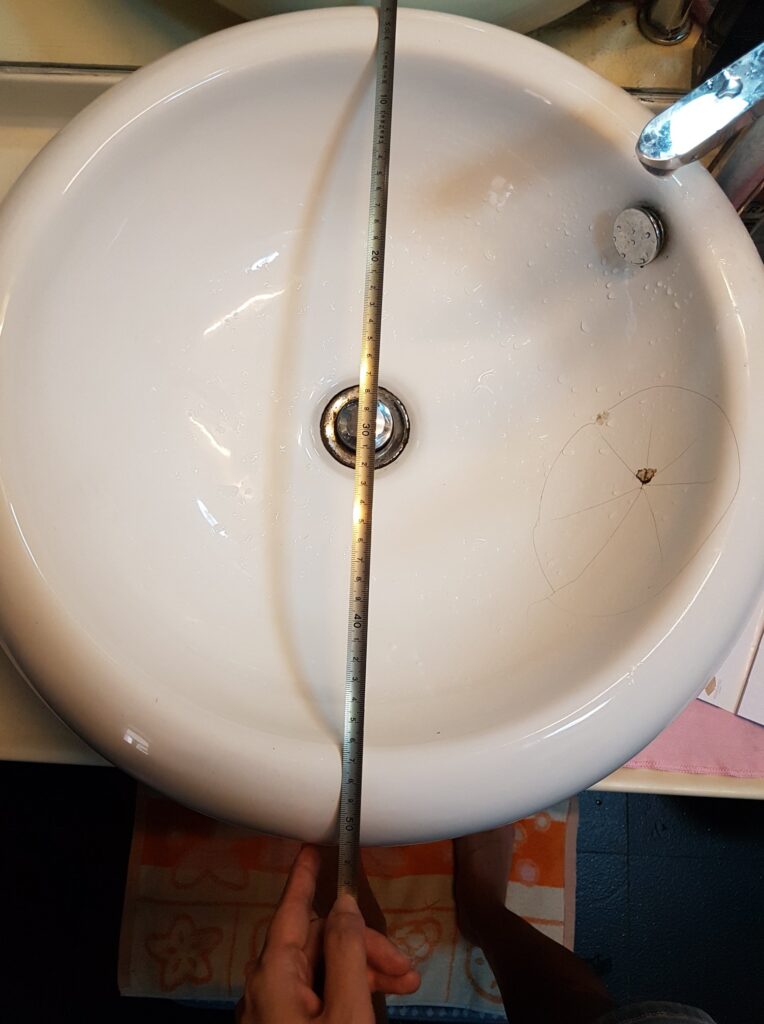
Types of Wash Basins
Wash basins come in various types, each with its own unique design, functionality, and material composition. Here are some common types of wash basins, the materials they are typically made of, along with their respective pros and cons:
1. Pedestal Basins:
- Material: Ceramic or porcelain.
- Pros:
- Classic and timeless design.
- Conceals plumbing pipes with a pedestal, creating a sleek look.
- Available in a variety of sizes and styles to suit different bathroom aesthetics.
- Cons:
- Limited storage space compared to other basin types.
- Pedestal may collect dust and require regular cleaning.
- Installation can be more complex due to the separate pedestal component.
2. Wall-Mounted Basins:
- Material: Ceramic, porcelain, or stainless steel.
- Pros:
- Space-saving design ideal for smaller bathrooms or powder rooms.
- Easy to clean underneath the basin due to the open space.
- Versatile mounting options allow for adjustable height and placement.
- Cons:
- Limited countertop space for toiletries and other bathroom essentials.
- Requires sturdy wall support for installation.
- Exposed plumbing may detract from aesthetics if not properly concealed.
3. Countertop Basins:
- Material: Ceramic, porcelain, glass, stone, or stainless steel.
- Pros:
- Stylish and modern design that adds a touch of luxury to the bathroom.
- Offers ample countertop space for placing toiletries, hand soap, or decorative items.
- Wide range of materials and shapes available to suit different design preferences.
- Cons:
- Requires a compatible vanity or countertop for installation.
- May be more prone to water splashing outside the basin due to its elevated position.
- Installation may require professional expertise to ensure proper sealing and support.
4. UnderMount Basins:
- Material: Ceramic, porcelain, or stainless steel.
- Pros:
- Seamless and streamlined appearance when installed beneath the countertop.
- Easy to clean around the basin edges with no lip or rim to collect debris.
- Provides a clean and contemporary look that complements modern bathroom designs.
- Cons:
- Requires a solid and waterproof countertop material, such as granite or quartz, for proper installation.
- Limited flexibility in terms of repositioning or replacing the basin once installed.
- May be more expensive than traditional drop-in basins due to specialized installation requirements.
5. Vessel Basins:
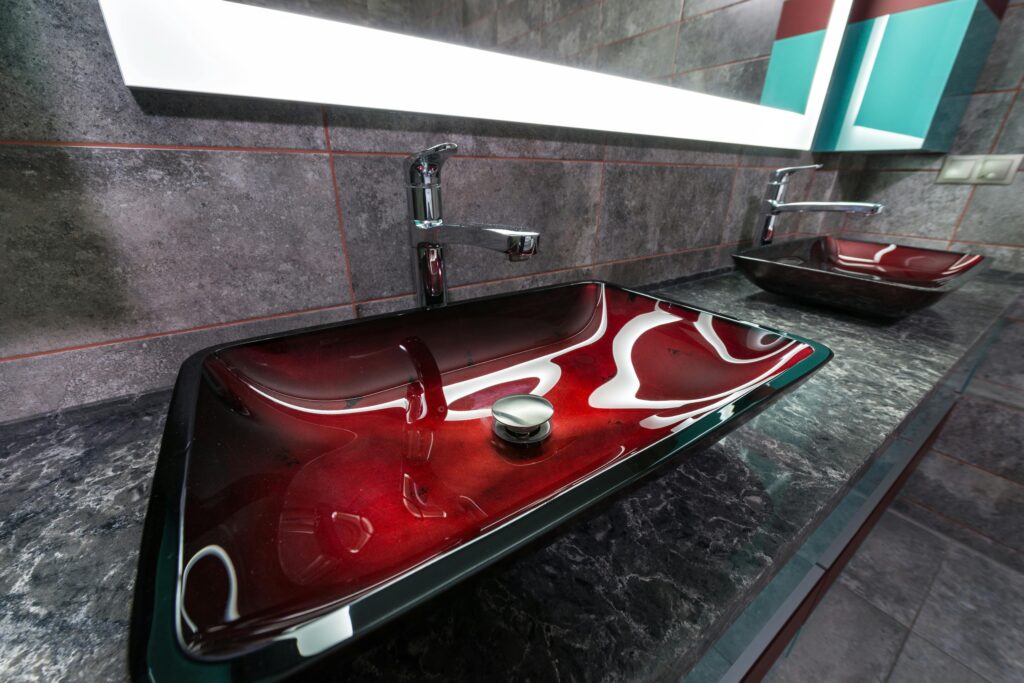
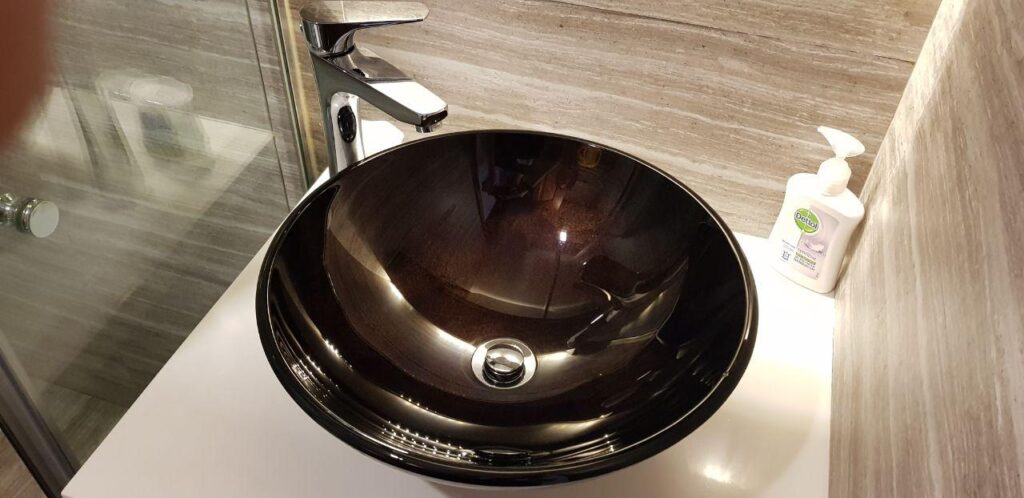
- Material: Glass, ceramic, porcelain, stone, or metal.
- Pros:
- Eye-catching and decorative design that serves as a focal point in the bathroom.
- Offers ample countertop space and storage options underneath the basin.
- Versatile mounting options allow for creative installation on various surfaces.
- Cons:
- Requires a compatible countertop or vanity with sufficient height to accommodate the vessel basin.
- May be more prone to water splashing outside the basin due to its raised position.
- Cleaning around the basin edges may be more challenging compared to undermount or wall-mounted basins.
Getting a Specialist to Replace Wash Basin
In summary, replacing wash basins may be necessary due to damage, corrosion, leakage, outdated design, poor hygiene, incompatibility, frequent repairs, or renovations/remodelling projects.
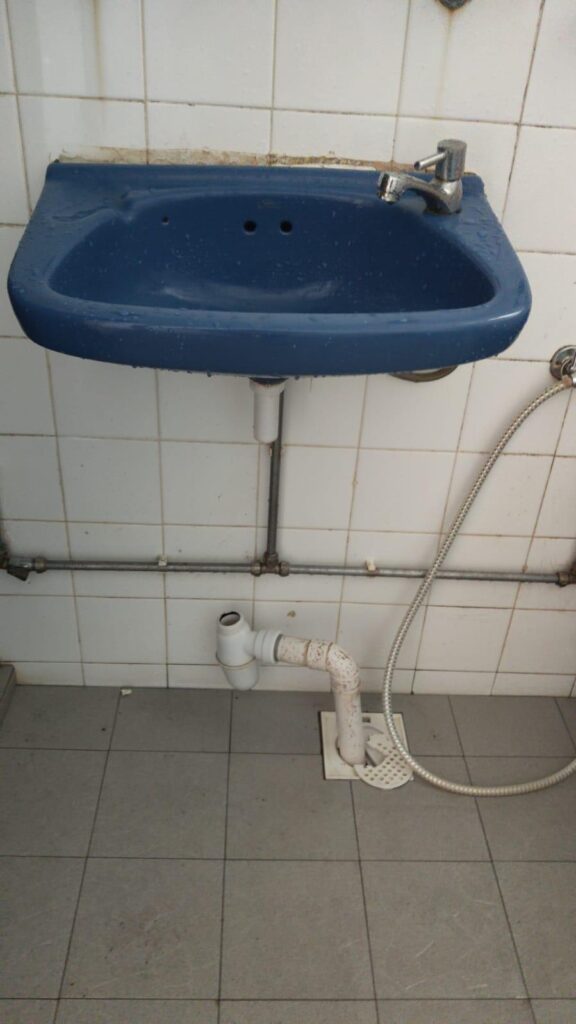
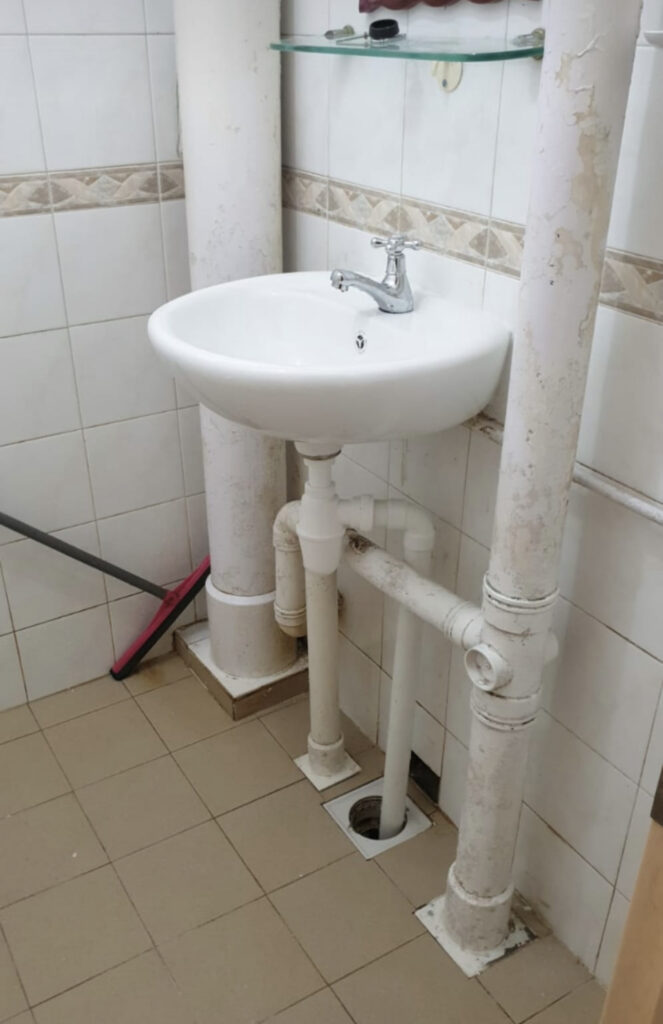
We have looked through the factors to consider when choosing a suitable wash basin that enhances the functionality, aesthetics, and overall appeal of your bathroom space. The key is to prioritise your individual preferences, specific needs, and budget constraints.
Remember, while replacing a wash basin can be a DIY project, it can also involve complex plumbing work. It is always recommended to hire a plumbing specialist to ensure the job is done correctly and safely.
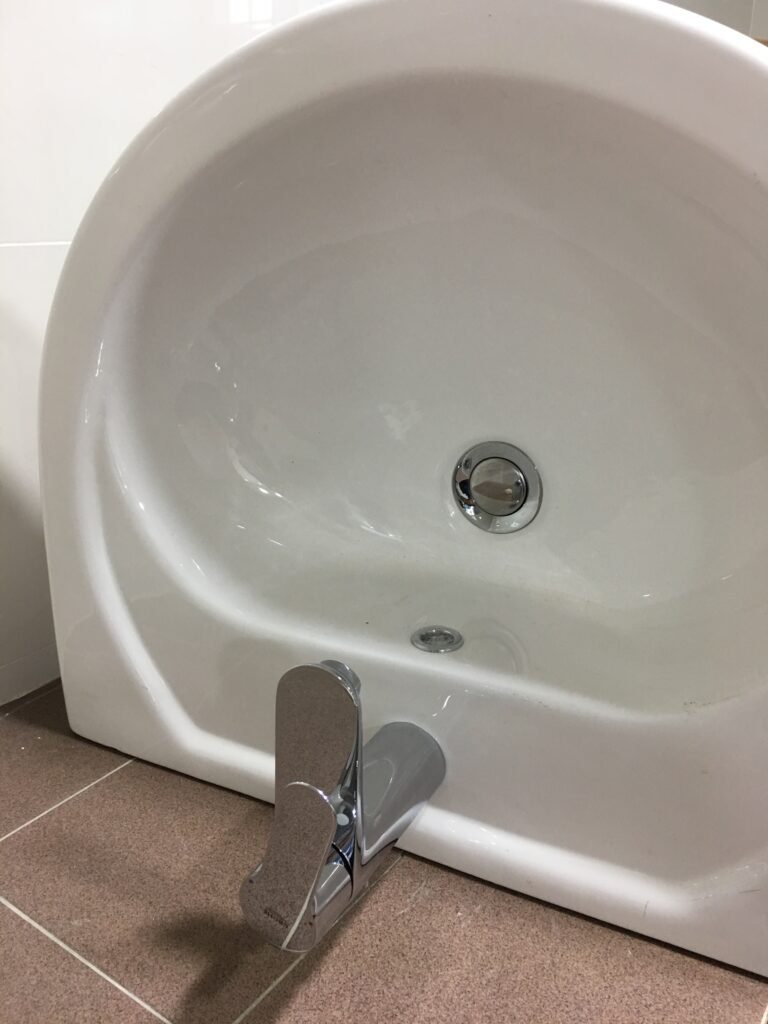
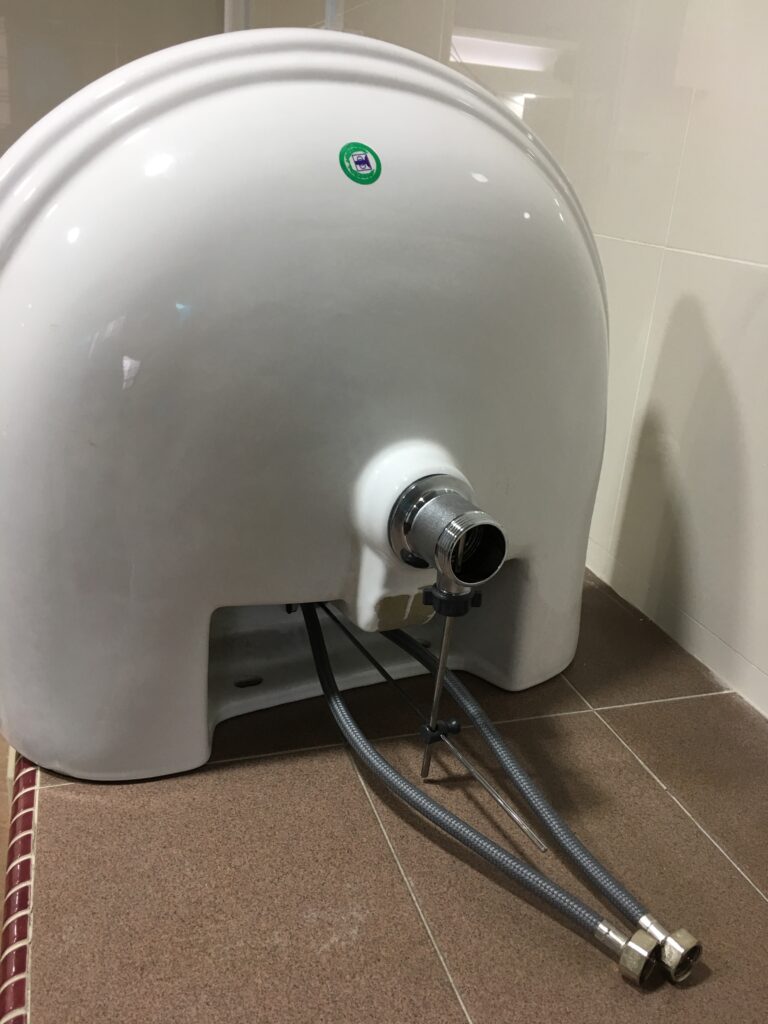
Singapore Plumbing Works can supply the wash basin or you can choose to procure one yourself. Upon your confirmation, our reliable plumber will be dispatched to your doorsteps at your preferred date and time to get the replacement done swiftly for you. So contact us now for hassle-free service!

Get In Touch
Contact us today for dependable solutions to all your plumbing and electrical needs.